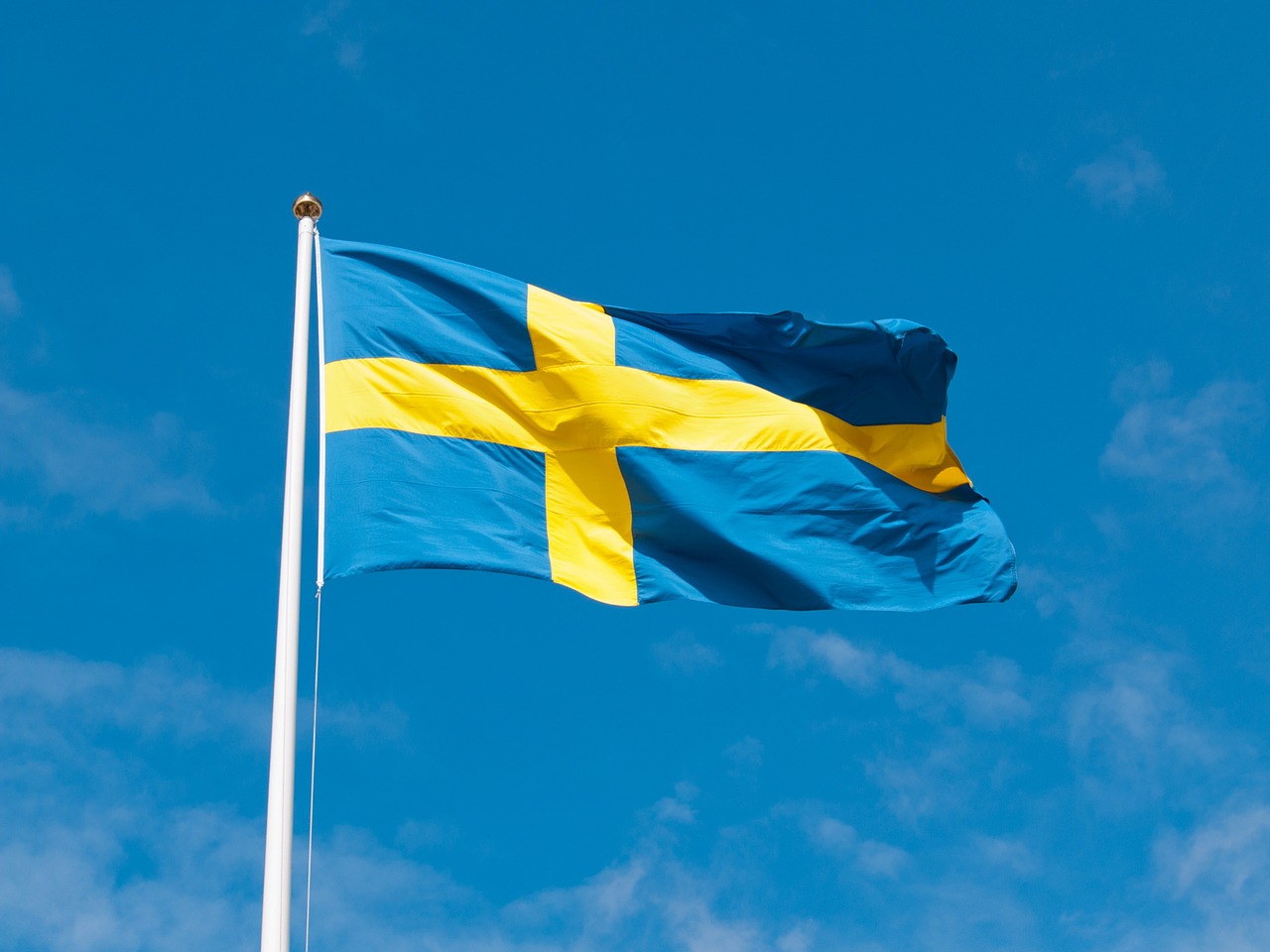Sweden – The Swedish government has made significant announcements regarding offshore wind over the past few months. The extensive coastlines of Sweden do not yet allow for the full utilization of offshore wind resources. However, they aim to recoup the lost ground.
Due in large part to the accessibility of onshore wind energy, Sweden is the largest net exporter of electricity in Europe. The nation currently ranks fifth in Europe for onshore wind capacity. There will be 14 GW there by the end of the year.
However, the direct electrification of the Swedish economy and the first initiatives for producing green steel from renewable hydrogen are raising Sweden’s demand for electricity. Between now and 2045, it is predicted to more than double, supporting the need for more renewable energy. Offshore wind fills that gap.
Sweden, like its neighbors Finland and Norway, is a latecomer to the offshore wind industry; as of today, they only have 192 MW and have not added any capacity since 2013. They thought onshore wind was a more affordable option. They haven’t held any auctions or provided offshore wind with any kind of public funding.
However, a number of significant announcements in recent months suggest that offshore wind in Sweden may grow quickly in the second half of this decade.
Security of supply
The percentage of renewable energy in electricity in Sweden is already very high. Renewable energy sources provide 75% of all electricity. 38% come from hydropower and 22% from wind power. But in order to further cut down on energy imports from Russia and other countries, the Swedish government has identified offshore wind as one of the main energy sources.
They have committed to making significant investments in offshore wind transmission lines, identified new offshore wind zones, and promised to shorten the current lengthy permitting processes for offshore wind.
Up until now, developer investment plans have been the main force behind offshore wind development in Sweden. To build, connect, and run offshore wind farms, developers had to choose appropriate locations and submit different permits.
With regard to offshore wind planning, the government now intends to implement a more centralized system. Three regions that are “suited for” offshore wind have been identified: the Baltic Sea, the Kattegat sea region, and the Gulf of Bothnia in northern Sweden. Additionally, the Swedish Energy Agency and other stakeholders have been tasked by the Ministry of Climate and Environment to find locations that could support an additional 90 TWh. By 2024, these areas will be included in an update to the Swedish Maritime Spatial Plan.
By covering a portion of the grid connection costs, the government also hopes to jump-start the development of offshore wind. The task of constructing up to six grid connection points at sea with a combined capacity of up to 10 GW has been given to the state-owned transmission system operator Svenska Kraftnät. The cost of connecting offshore wind projects to those grid connection points will not be borne by developers. That’s novel; up until now, Swedish developers had to construct their own transmission lines. They will now only be responsible for paying for the grid connections inside of their wind farms and the connection between the wind farm and the Svenska Kraftnät-provided grid connection point.
Project pipeline
One of Europe’s hottest offshore wind markets may very well be Sweden. The pipeline of projects in the wind industry is impressive, and it is ready to go. Current permit applications for 15 GW indicate that they may go online before 2030. Even 90 GW of projects are currently in various stages of development in the pipeline as a whole. However, the majority of them wouldn’t be operational until 2032.
The first brand-new offshore wind farm may be Vattenfall’s Kriegers Flak offshore wind farm in Sweden. It is the only project that has a permit in hand. On the 640 MW wind farm, Vattenfall has not yet made a final investment decision. The Danish Kriegers Flak, Europe’s first hybrid offshore wind farm, is not far from the project’s proposed location. In Danish waters, the Danish Kriegers Flak is running turbines. The German Baltic II wind farm is linked to it. It acts as a bridge connecting Germany and Denmark, enabling the exchange of fossil-free energy between the two nations.
OX2’s proposal to construct the 5.5 GW Aurora offshore wind farm between the islands of Gotland and land is one of the most impressive project ideas. The electricity needed for this project alone could supply 17% of Sweden’s needs. OX2 has requested permission to construct two additional gigawatt-scale projects in Sweden’s Baltic Sea: the Triton project, with a potential capacity of 1.8 GW, and the 1.7 GW Galatea-Galene project. Also planning bottom-fixed projects in Sweden are Iberdrola, SVEA Vind Offshore, Njordr Offshore Wind, wpd, Orsted, RWE, and Vattenfall.
Additionally, the industry is aiming to construct floating wind farms in Swedish waters. Plans for floating offshore wind in Sweden are progressing thanks to Freja Offshore, a partnership between Aker Offshore Wind and Hexicon. Four floating wind projects with a combined 8 GW capacity are in the pipeline for the company in southern Swedish waters. Simply Blue, Deep Wind Offshore, Njordr Offshore Wind, and RWE are some of the other businesses planning sizable floating wind projects in Sweden.
Some of the plans call for the production of renewable hydrogen using offshore wind. With several projects slated for completion before 2030, including the H2 Green Steel and the HYBRIT projects, Sweden is leading the way in the production of green steel and e-fuel. The largest fuel company in Sweden, Preem, and Vattenfall are currently conducting feasibility studies to link the offshore wind industry’s production of hydrogen to the Swedish west coast’s refining sector.





